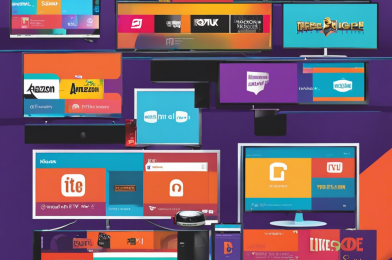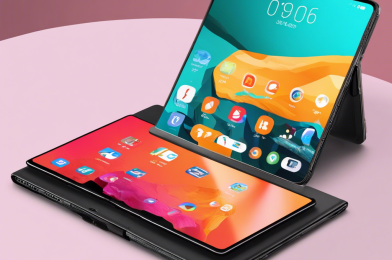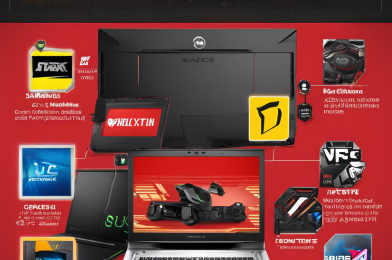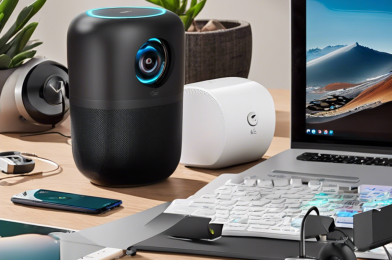In today’s fast-paced world, staying organized and productive can be challenging. Fortunately, a host of productivity apps are available to help us stay focused and efficient. Here are the top ten productivity apps that can supercharge your workflow and enhance your productivity in 2024.
**Todoist** is a powerful task management app that lets you create to-do lists, set reminders, and organize projects. With its intuitive interface and collaboration features, Todoist makes it easy to stay on top of your tasks and get things done. The app offers a range of features, including task prioritization, sub-tasks, and labels, to help you manage your tasks effectively.
**monday.com** takes a unique visual approach to project management, helping teams plan and execute projects efficiently. With its customizable workflow templates, automated notifications, and intuitive interface, monday.com makes project management more accessible and enjoyable. The platform enables seamless collaboration and provides clarity on project tasks and deadlines.
**Trello** is a flexible project management tool that lets you create boards, lists, and cards to organize your projects and ideas. Its drag-and-drop functionality and real-time collaboration make it easy to stay organized and work effectively with your team. Trello is particularly useful for agile workflows and can be adapted for various projects, from content creation to event planning.
**Google Workspace** offers a comprehensive suite of productivity apps, including Gmail, Google Docs, Sheets, and Drive. With its seamless integration and collaboration features, Google Workspace enables individuals and teams to work together efficiently, regardless of location. Real-time collaboration in Docs and Sheets and easy file sharing in Drive enhance productivity and streamline workflows.
**Grammarly** is a game-changer for writers and anyone who wants to improve their writing skills. This advanced grammar and spelling checker goes beyond basic corrections, offering suggestions for clarity, conciseness, and even tone adjustment. Grammarly’s ability to integrate with various platforms, including word processors and email providers, makes it an indispensable tool for effective communication.
**RescueTime** is a time-management app that runs securely in the background of your devices, tracking your time and attention to provide detailed analytics on how you spend your time. It helps you identify distractions and focus drains, allowing you to set goals and create focus time to enhance your productivity.
**Forest** is a unique productivity app that helps you stay focused by encouraging you to put down your phone and avoid app usage during designated focus periods. You grow a virtual forest as you stay focused, and your trees die if you get distracted by other apps. It’s a fun, motivating way to build better focus habits.
**1Password** securely stores your passwords and login information, autofilling them when needed. No more wasting time resetting passwords or struggling to remember login details. The app also helps you create strong, unique passwords, enhancing your online security.
**Slack** is a powerful communication tool that simplifies team collaboration. With its channels, threads, and direct messages, Slack provides a centralized platform for efficient communication. Its search functionality and app integrations streamline workflows, making it easy to access important information.
**Calendar** is a smart calendar app that goes beyond scheduling to help you optimize your time. It offers features such as one-click meeting scheduling, automated meeting preparation, and focused work time suggestions. Calendar integrates with popular calendar and communication platforms, making scheduling meetings a breeze.






